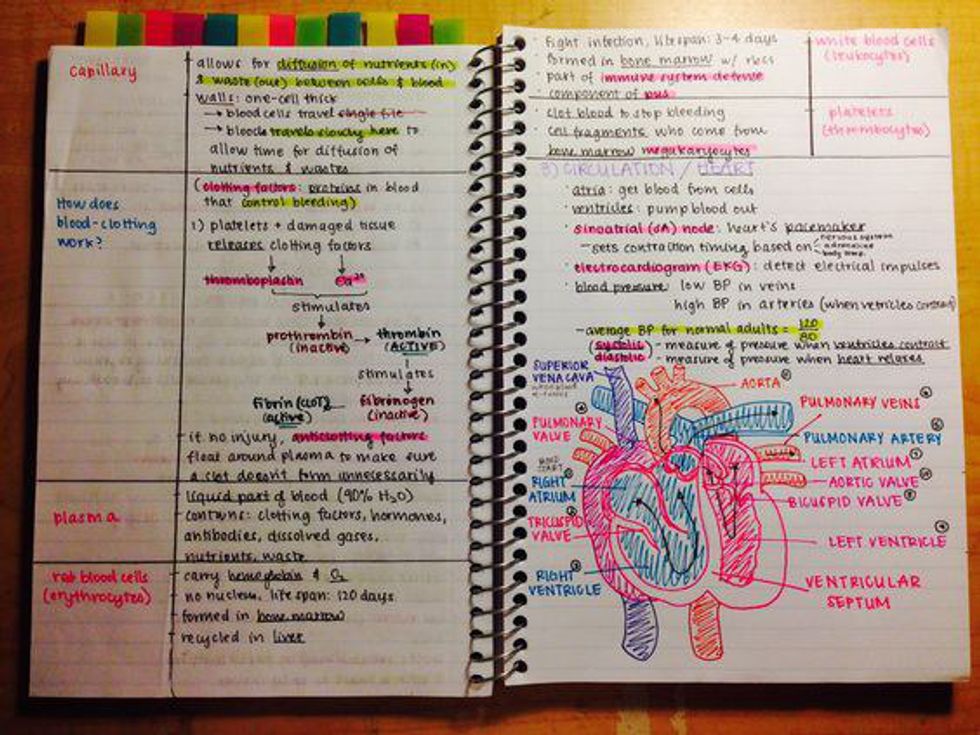Most of us going to college and grad school right now have some sort of debt. Maybe it’s a relatively low number, maybe it’s ridiculously high, but regardless of the amount, student debt is stressful. I haven’t finished school and I’m already having panic attacks about paying it back (to be honest, writing this article and thinking about it this much is stressing me out).
Loans are complicated, confusing and have so many rules attached to them - different payment plans, interest rates and the like. But, the idea of the Public Service Loan Forgiveness program (PSLF) has helped ease a bit of the anxiety for some people. PSLF is a program meant to encourage those in public service jobs to keep doing what they're doing, helping people, and changing the world. A borrower can qualify if they work for government organizations, non-profit organizations, or serve with Americorps or Peace Corps.
We already know that university costs a fortune. People that qualify for PSLF are working towards noble causes and serving their nation in some way, but sometimes those causes do not always pay very well. This program requires borrowers of direct loans to pay back 120-months worth of payments under a qualifying employer (not necessarily consecutively) while under an income-based repayment plan. So, even though it forgives everything after, you still have to pay for 10 years.
PSLF was created in 2007 by President George W. Bush, which means that the first students that applied for it when it passed are now able to apply for forgiveness. However, the issue isn't that simple. When it first came out (and up until 2012), specifications weren't made clear in indicating whether certain loans or payment plans qualified, so many of these borrowers were left to make-up what they thought were qualifying payments. Loan servicers also didn't process certain annual employer paperwork at appropriate times and all of the sudden, these students weren't eligible.
Yes, PSLF has its issues. It's a system of complicated hoops that borrowers need to be checking in on periodically themselves. It's a lot clearer with the qualifications and includes an optional (but highly recommended) annual form to check-in. But, loan servicers can sometimes still make this process more complicated than it needs to be.
But, why am I writing about this complex PSLF issue?
Because the recently proposed budget by this administration threatens to cancel this program. People already enrolled would be grandfathered in, but new borrowers wouldn't be able to enroll. PSLF may have its problems, but it can be amended. The idea is something that borrowers have planned careers and lives around and is something that's incredibly beneficial to a lot of people dedicating their lives to noble causes. It should not be ended.
This heavily effects new borrowers. I may not be a "new borrower," but I'm now uncertain if this program will be around and if I'll be eligible when I'm ready to apply. Personally, I planned my career with this and my debt in mind. When I was 11 years old, I learned about Peace Corps in a Civics classroom, and ever since then, I have dreamed about joining. It's always been in the background of my life, and I know it's something I am meant to do. Now that I'm older and have student debt, I know that Peace Corps is also a PSLF qualifying employer. While I may not work for them for 10 years, that's still 2 years worth of payments. I want to continue to work in a public service field, and so I've grown increasingly concerned.
I've signed petitions and kept up with the issue. So, if you were thinking about public service career paths and thought about applying for this, make sure to stay informed, sign those petitions, and call your representatives.









































